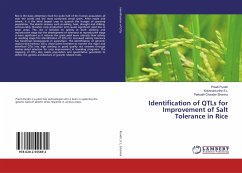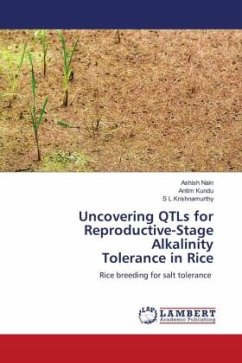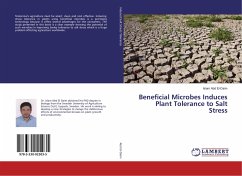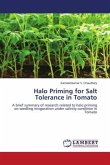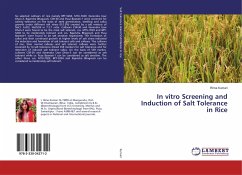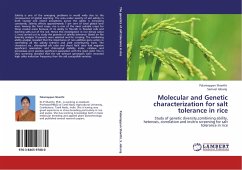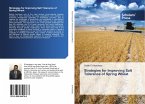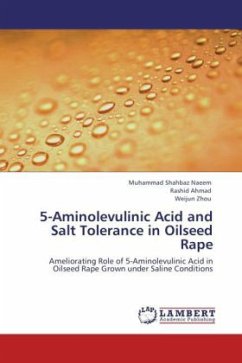Rice is the basic alimentary food for quite half of the human population all over the world and the most consumed cereal grain. After maize and wheat, it is the third largest crop to quench the hunger of growing population. The abiotic stresses, such as salinity, heat, drought and chilling, unfavourably threaten crop production and causes significant yield loss in large areas. The rice is sensitive to salinity at both seedling and reproductive stage but the development of tolerance at reproductive stage is more significant as it reduces the grain yield more robustly than salinity at seedling stage.The identification of QTLs for increased salinity tolerance has beneficial consequences in agriculture. The identification of genomic regions that harbour QTLs, allows plant breeders to transfer the major and beneficial QTLs into high yielding or good quality rice varieties through marker-aided selection for crop improvement in breeding programs. The mapping of QTLs also assists population and quantitative geneticists to define the genetic architecture of growth related traits.

